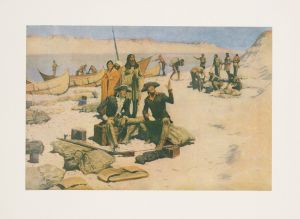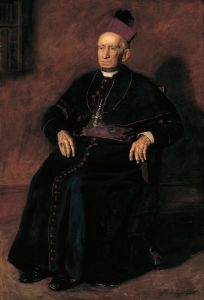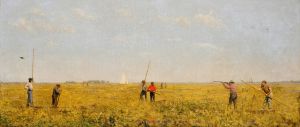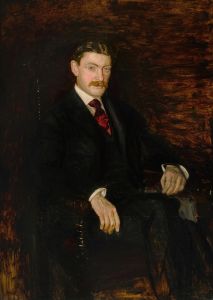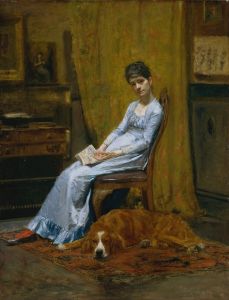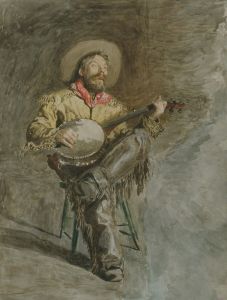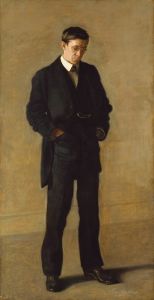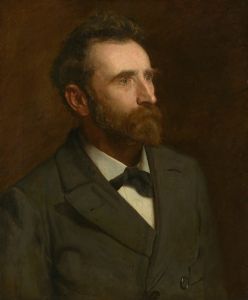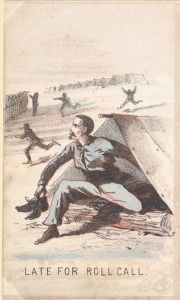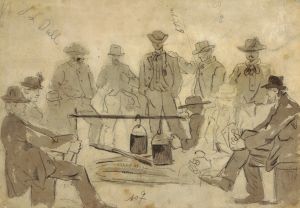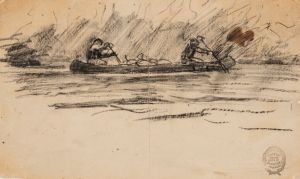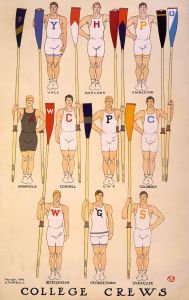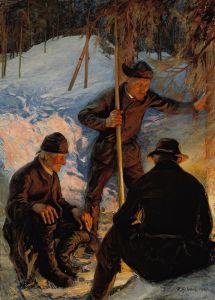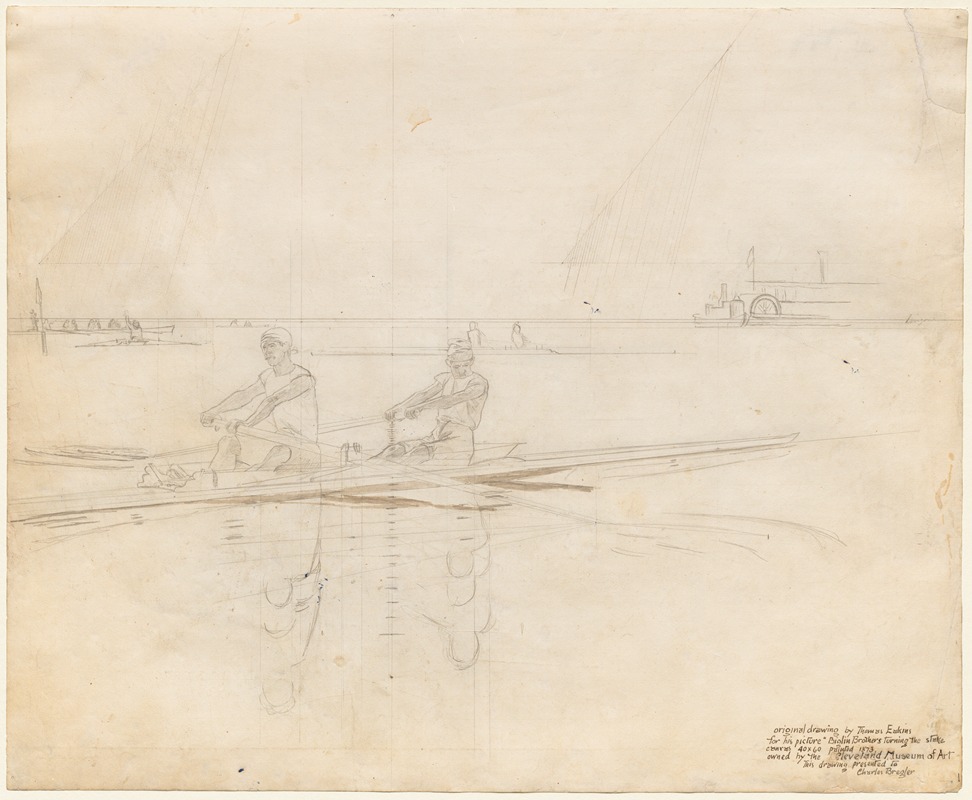
The Biglin Brothers Turning the Stake
A hand-painted replica of Thomas Eakins’s masterpiece The Biglin Brothers Turning the Stake, meticulously crafted by professional artists to capture the true essence of the original. Each piece is created with museum-quality canvas and rare mineral pigments, carefully painted by experienced artists with delicate brushstrokes and rich, layered colors to perfectly recreate the texture of the original artwork. Unlike machine-printed reproductions, this hand-painted version brings the painting to life, infused with the artist’s emotions and skill in every stroke. Whether for personal collection or home decoration, it instantly elevates the artistic atmosphere of any space.
"The Biglin Brothers Turning the Stake" is an oil painting created by the American artist Thomas Eakins in 1873. Eakins is renowned for his realistic portrayal of human figures and his keen interest in the depiction of sports and outdoor activities, which is evident in this work. The painting captures a moment during a rowing race, featuring the Biglin brothers, John and Barney, who were well-known rowers of the time.
The painting is part of a series of works by Eakins that focus on the Biglin brothers, reflecting the artist's fascination with the sport of rowing, which was gaining popularity in the United States during the late 19th century. Eakins was deeply interested in the human body in motion, and rowing provided an ideal subject for exploring this interest. His attention to anatomical accuracy and the dynamic movement of the rowers is a testament to his dedication to realism.
In "The Biglin Brothers Turning the Stake," Eakins captures the intense concentration and physical exertion of the rowers as they navigate a crucial turn in the race. The composition is carefully constructed to convey the speed and agility required in the sport. The brothers are depicted in a boat, leaning forward with their oars in motion, their muscles visibly straining with effort. The painting's background features a serene river landscape, which contrasts with the vigorous activity of the rowers, highlighting their focus and determination.
Eakins' use of light and shadow enhances the three-dimensionality of the figures and the boat, adding to the realism of the scene. The reflections on the water and the play of light on the rowers' bodies demonstrate Eakins' skillful handling of paint to create a lifelike representation. The painting is not only a study of athletic prowess but also an exploration of the relationship between humans and their environment.
The Biglin brothers were prominent figures in the rowing community, and their inclusion in Eakins' work underscores the cultural significance of the sport during this period. Eakins' choice to depict them in action reflects his commitment to capturing contemporary life and his interest in the emerging American identity, which was increasingly associated with physical fitness and competitive sports.
"The Biglin Brothers Turning the Stake" is housed in the Cleveland Museum of Art, where it continues to be appreciated for its artistic merit and historical significance. The painting is a prime example of Eakins' ability to blend technical skill with a deep understanding of his subjects, making it a valuable piece in the study of American art and the history of sports in art. Through this work, Eakins not only celebrates the athleticism of the Biglin brothers but also contributes to the broader narrative of American realism in the 19th century.





